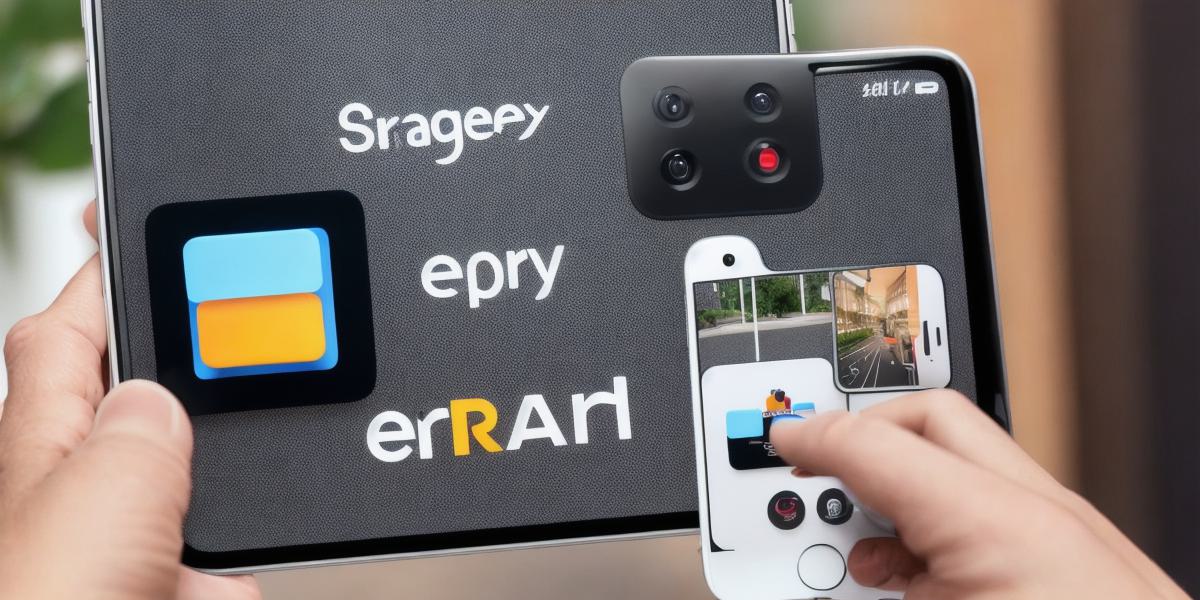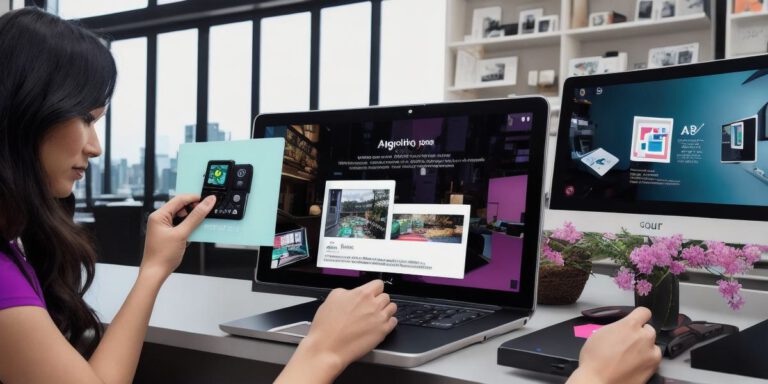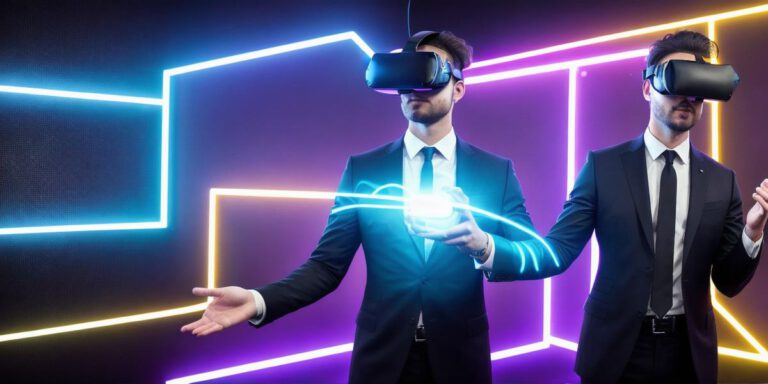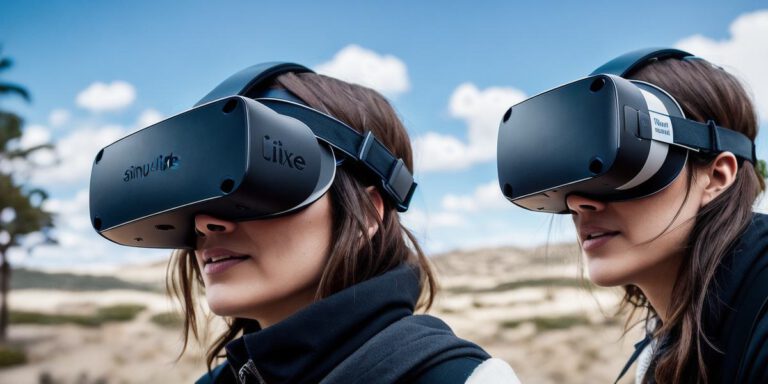Augmented Reality Brand Experiences: Transforming Brand Storytelling through Interactive AR Encounters.

Title: Augmented Reality Brand Experiences: Transforming Brand Storytelling through Interactive AR Encounters
Augmented reality (AR) is a game-changing technology that has the power to transform brand storytelling by providing interactive and immersive experiences for customers. AR combines real-world environments with digital elements, allowing brands to create engaging and memorable experiences that can help differentiate them from their competitors. In this article, we will explore how AR is being used to enhance brand experiences and drive engagement, as well as some real-life examples of successful AR campaigns.
One of the key benefits of AR in branding is its ability to create a personalized experience for each customer. By using AR, brands can tailor their messaging and content to individual users based on their location, interests, and preferences. This can help create a more meaningful connection between the brand and the customer, which can lead to increased loyalty and engagement.
For example, the clothing retailer H&M has used AR to create personalized shopping experiences for customers in its stores. Using the H&M app, customers can try on clothes virtually and see how they look on them before making a purchase. This not only makes the shopping experience more convenient and enjoyable, but it also helps customers make more informed purchasing decisions by providing them with a better understanding of how the clothes will fit and look on them in real life.
Another example of an AR brand experience is IKEA’s Place app. Using this app, users can visualize how different furniture pieces would look in their home before making a purchase. This not only helps customers make more informed decisions about which furniture to buy, but it also creates an engaging and interactive experience that can help build brand loyalty.
In addition to personalization, AR can also be used to create highly interactive and immersive experiences that can engage customers in unique and memorable ways. For example, the car manufacturer Volvo has created an AR app that allows users to explore its cars in a highly interactive way. Using the app, users can see how different features of the car work and experience the car’s performance firsthand, which can help build a deeper connection with the brand and create a more memorable experience for customers.
Overall, AR is a powerful tool for brands looking to enhance their storytelling and create engaging and memorable experiences for their customers. By leveraging the power of AR, brands can differentiate themselves from their competitors and create experiences that are both personalized and highly interactive. Whether you’re a developer looking to create an AR experience or a brand looking to enhance your storytelling, there’s no denying the potential of AR to transform the way we interact with brands.








